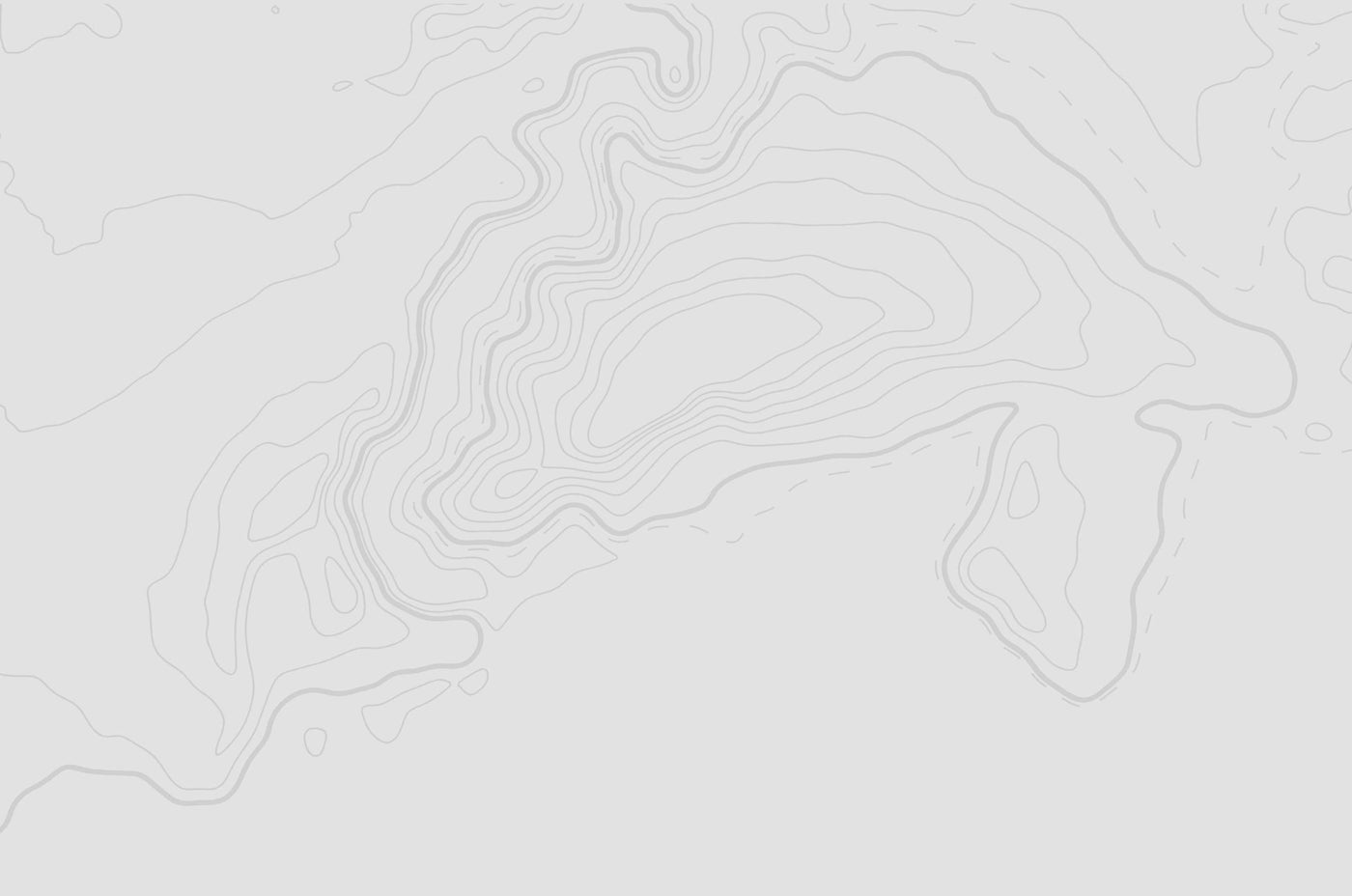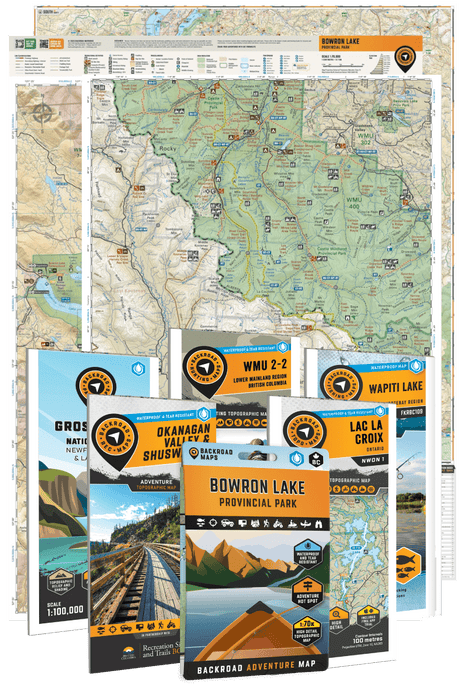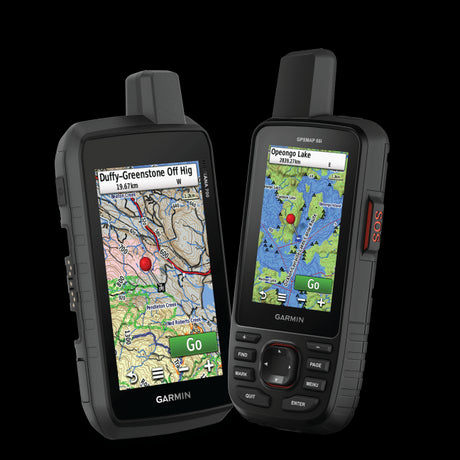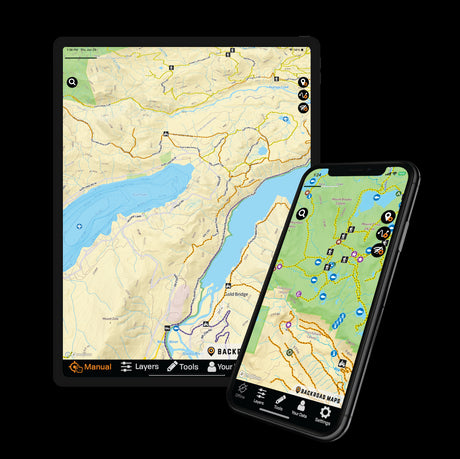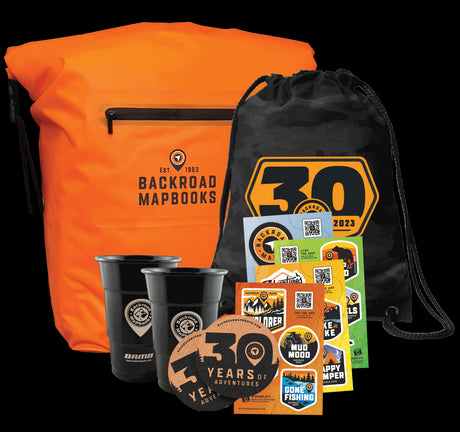Whether your ideal location is tucked away from the crowds, or you prefer a popular fishing hole, Northern British Columbia has our vote in offering one of the most diverse fishing experiences in Canada. The abundance of freshwater lakes and rivers creates countless fishing opportunities for all levels of anglers, from seasoned anglers to eager beginners.
There are three distinct fishing regions in Northern British Columbia, each offering its own unique experience. The Skeena Region is home to spectacular salmon and steelhead fishing, the Omineca Region holds rivers full of feisty rainbow trout, bull trout and arctic char, and the Peace Region, covering a large chunk of the northeast, offers yet another style of river fishing.

Whether you are looking to pass time casting a line from a boat, or in search of your trophy catch, Northern B.C. is sure to spoil you for choice in the fishing realm. With so many lakes and rivers to choose from, we hand-picked a few of our favourite must-go locations that will make your next fishing trip in Northern B.C. unforgettable.
Here are the 12 best fishing spots in Northern B.C. that will keep your reel spinning.
Atlin Lake
Measuring 139 kilometres (85 miles) in length and 289 metres (948 feet) in depth, Atlin Lake is considered the largest natural lake in BC. It is also one of the most remote lakes you can get to by vehicle. To access the lake, you must travel into the Yukon, and then back into the province. This is not a casual jaunt to drop a line; some serious time is required to visit Atlin Lake, but if you make the effort, you will not be disappointed.
The lake holds a good amount of lake trout – up to about 2 kilograms (4 pounds) – and has produced trophy fish to 20 kilograms (40 pounds). You can also find arctic grayling, dolly varden, and whitefish, and there are reports of northern pike at the north end by the Lubbock River as well.
Although this remote lake does require some bit of trip planning, the scenery and solitude offered will be something you won’t forget.

Babine Lake
This is the second largest natural lake in British Columbia and can be accessed from several locations. Babine Lake is an important sockeye salmon spawning area but also sees runs of chinook, coho, and pink salmon. Year-round, you will find cutthroat trout, dolly varden, kokanee, whitefish, char and Steelhead trout. This lake even hosts rainbow trout – the most sought-after sportfish – weighing over 6 kilograms (13 pounds).
Throughout the spring and summer, rainbow trout feed heavily off sockeye fry, contributing to their growth. In late summer, the trout follow migrating fry toward Nilkitkwa Lake and the Babine River system resulting in some great fly-fishing. Try a caddis fly imitation when they are hatching and see what you can pull in!

Babine River
Known for its big steelhead trout, the Babine River is known as one of the best steelhead rivers in British Columbia. The trout mainly arrive in October and can be steady well into late November.
The mouth of the Babine is also considered the best place in the province to find rainbow trout. In June and July, big rainbow trout follow migrating sockeye fry through the Babine River and into Nilkitkwa Lake, resulting in a dense rainbow population that creates unbelievable fishing. Rainbow can be found up to 6 kilograms (13 pounds) in this area. Chinook, coho, pink and sockeye salmon also provide some fun in the fall.
Access to the river is limited in areas, although logging roads north of Smithers do allow access to certain stretches of the river. Being one of the best steelhead and rainbow trout fishing locations, this river could very well be considered an angler’s true paradise.
Carp Lake (Map 41/B6-B7)
Considered one of the best fishing lakes in the Central Interior and once visited by the explorer Alexander Mackenzie, Carp Lake makes for a great wilderness fishing destination with a small piece of history.
Just two hours north of Prince George, the lake offers good fishing for rainbow trout up to 3 kilograms (6.5 pounds) along with burbot and northern pikeminnow. Although the very specific name, Carp Lake contains no carp. Trolling from a boat is the best way to fish the 39 metre (128 foot) deep lake, but those in smaller belly boats need to be aware that winds can pick up in the afternoon. Home to a provincial park offering campsites and boat access, short portages lead to a few other rarely fished lakes that you can also explore.

Fraser Lake
The shore of this popular lake is lined with cottages, campsites and the homes of the community of Fraser Lake. Fishing in this lake continues to be fair for rainbow trout, which can reach 7 kilograms (15 pounds), and lake trout which can weigh up to 9 kilograms (20 pounds). Bull trout, chinook, sockeye, white sturgeon, whitefish, kokanee and burbot have all been reported here as well, so if you prefer a variable catch, this is a perfect location to try your luck!
In the summer, there are large returns of sockeye up the Nechako River and into the lake. Fly anglers can find fish lurking around the mouths of streams and rivers that flow into the lake, as they wait for sockeye eggs to float downstream. Trollers and gear casters can work off the cliffs that plunge straight into the lake in many locations. There are several access points to the lake as Highway 16 follows Fraser Lake’s southern shoreline.

Kispiox River
The Kispiox River has been fished by the local First Nations for a time beyond memory and was first discovered by the international fishing community in 1954 when two record steelhead were pulled from its waters. A tributary of the Skeena, the 160 kilometre (100 mile) long Kispiox features great steelhead fishing in late summer and early fall. It is considered the best place to find steelhead trout that are bigger than 15 kilograms (30 pounds). The river also supports runs of all five salmon species as well as native populations of cutthroat and dolly varden. The Kispiox is considered a Class II water and a steelhead stamp is mandatory.
Kitsumkalum Lake
Surrounded by towering, snow-covered peaks, this big lake is located in a region dominated by big rivers. Anglers will find good fishing for cutthroat and dolly varden and the odd rainbow, steelhead or whitefish. Every year, thousands of coho and chinook salmon make their way to the lake’s upper tributaries to spawn. The best place to try salmon fishing is right at the outflow of the Kitsumkalum River and wherever a spawning creek or river flows into the lake. Resident cutthroat and dollies can also be found where the spawning creeks flow back into the lake. There is room for up to seven small camping parties, a paved boat launch and ample parking located off Highway 113 near the north end of the lake.

Moberly Lake
This large lake is located approximately 25 kilometres (15.5 miles) north of Chetwynd. It is a popular lake, with many cottages and lodges on its shores. The most popular access point to the lake is at Moberly Lake Provincial Park where there is a day-use area, camping, and a double-wide boat launch. The two main sportfish here are northern pike and burbot. The lake also holds good-sized lake trout which were stocked until 2016 to re-establish the fishery, as well as arctic grayling, bull trout and whitefish.
Moberly Lake Park is situated on the southern shore of the lake, where reservation campsites and first-come, first-served sites are available.

Muncho Lake
This famous, well-developed, turquoise-coloured lake lies alongside the Alaska Highway, surrounded by rugged snow-capped mountains. The lake is best known for its lake trout fishery, including a record-sized laker that was recorded at 22.5 kilograms (50 pounds). Anglers will also find nice-sized bull trout, whitefish and arctic grayling. This quiet, secluded lake has some of the most stunning natural landscapes that will leave you wanting to extend your stay. Luckily, the lake is equipped with two large campgrounds: Strawberry Flats Campground, south of the lake, and McDonald Campground, 11 kilometres further north. It also has a resort for those who prefer to stay indoors.

Nilkitkwa Lake
Nilkitkwa Lake – also nicknamed ‘Rainbow Alley’ – contains big rainbow trout that follow migrating sockeye salmon fry that roam from Babine Lake to this narrow lake. There are also great fishing opportunities for other predatory species, such as small cutthroat trout and lake trout up to 12 kilograms (26 pounds). All five species of salmon can be found here, but this lake also contains burbot, steelhead and whitefish. Although this lake is fly-fishing-only, there are a few exceptions and other regulations that should be checked before heading out. There are a few resorts and lodges located along its shoreline if you are looking for accommodation, but wilderness camping is also allowed.
Ness Lake
Due to the lake’s easy access, Ness Lake is a popular summer destination that can be busy with boat traffic. The 347 hectare (7 acre), 18 metre (60 foot) deep lake can be good for rainbow trout, brook trout and kokanee. Large numbers of kokanee and rainbow trout are stocked in the lake regularly. With its unique shape, Ness Lake offers lots of areas to cast a line, including its many bays and pronounced drop-offs found along much of the shoreline. During winter, ice fishing for brook trout can be good. Ness Lake Regional Park (day-use only) can be found on the southeast shore of the lake and has a boat launch. Two further boat launches can be found on the north side of the lake along Ness Lake North Road.
Skeena River
The Skeena River is the second largest river in BC and produces some of the biggest steelhead and salmon runs in the province. The legendary steelhead trout can be fished year-round averaging 4.5 kilograms (10 pounds) and are known to reach 9 kilograms (20 pounds). Coho, which can reach similar sizes, begin running in early August and are found in the river through the fall. Chinook – or ‘kings of the river’ – are typically caught in the 9-18 kilogram (20-40 pound) range. The best time to fish these giants is in July and August. Sockeye and chum can also be found here, along with pinks every other year. In total, over two million salmon migrate up the Skeena. Bull trout, burbot, dolly varden, kokanee, rainbow trout, sea-run cutthroat trout, whitefish and white sturgeon (although currently closed to fishing) are found here as well.

Ready to explore some of these amazing lakes and rivers in Northern BC? Pick up our new Northern British Columbia Fishing Mapbook or download the BRMB Maps app & web map, where you can find detailed lake and river information, tons of fishing tips, stocking information, directions and facility information around the area. As usual, make sure you have your freshwater fishing license on hand and that you check the fishing regulations for your chosen lake or river spot!

